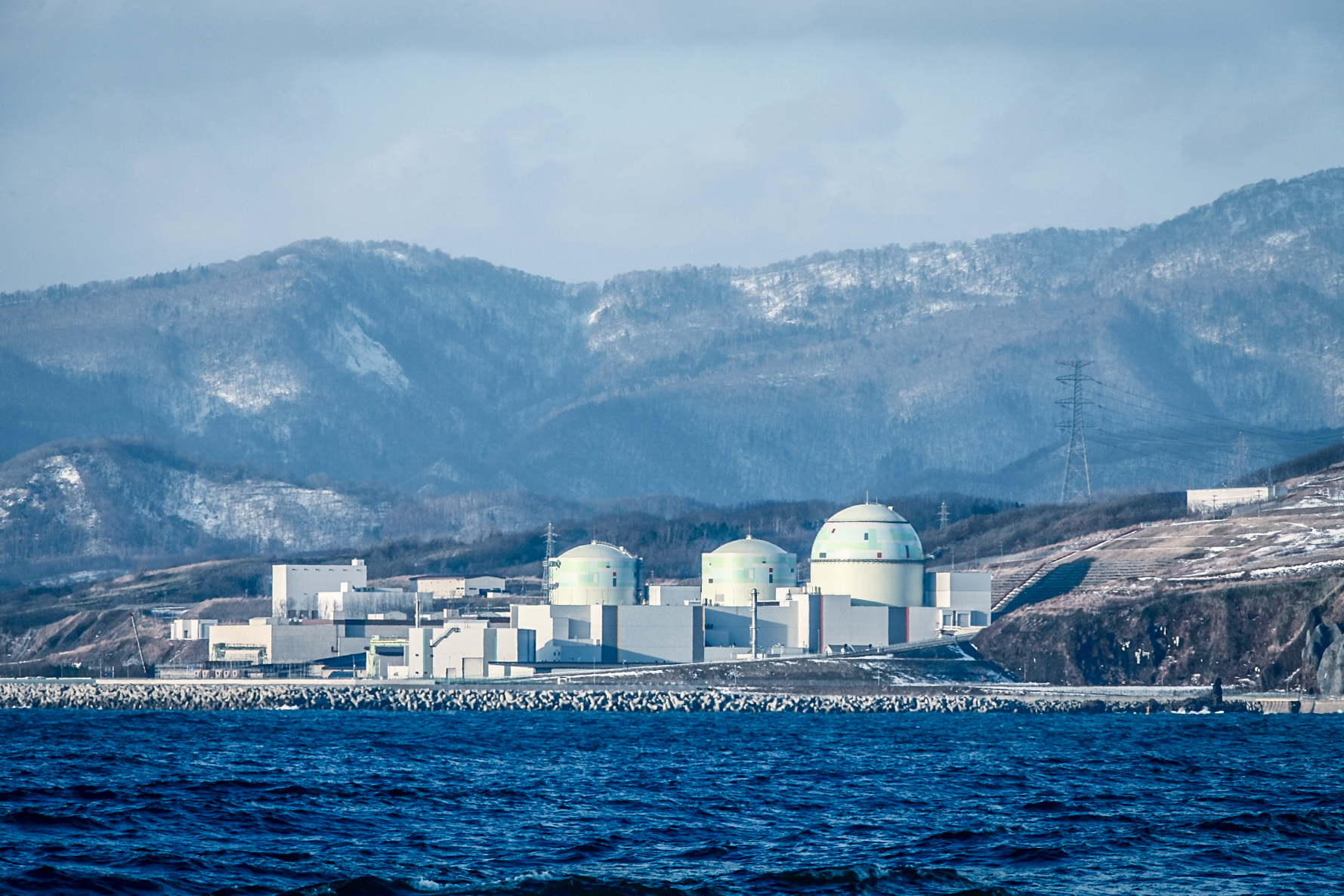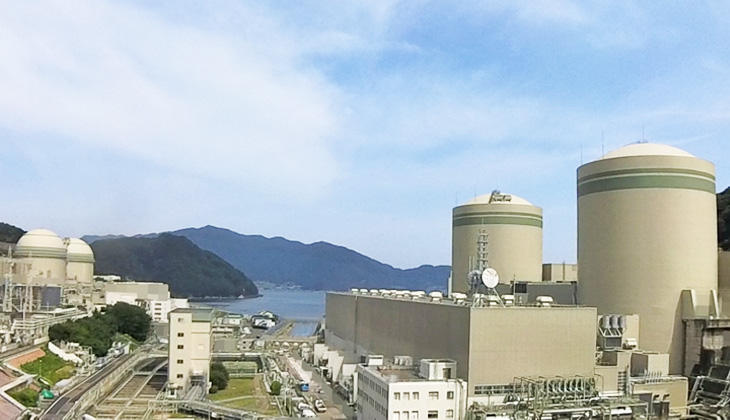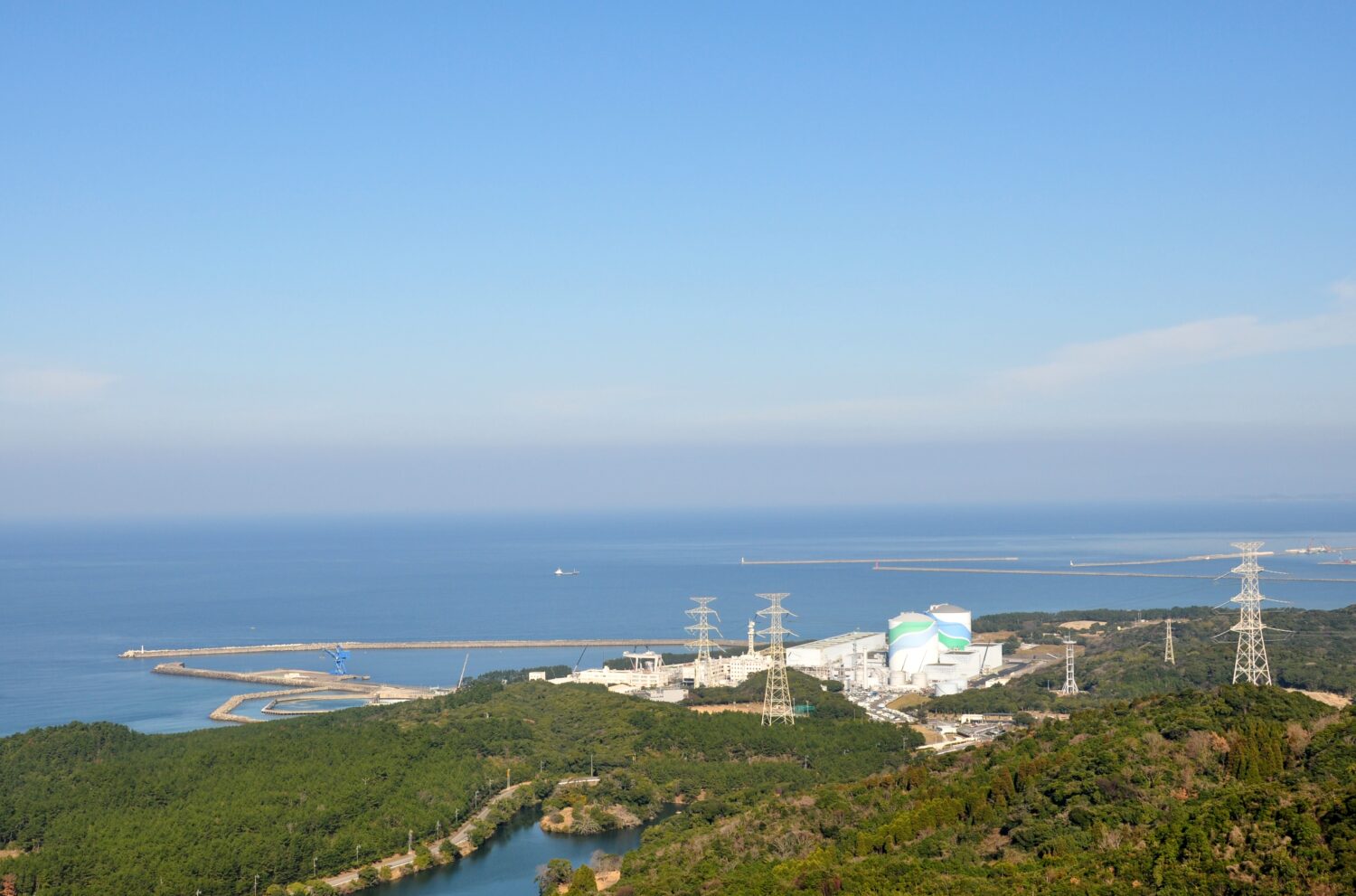This survey initially started in 2010 but was temporarily halted following the accident at Fukushima Daiichi NPPs in 2011. If realized, this will mark Japan’s first new nuclear reactor construction since Hokkaido Electric Power’s Tomari-3 (PWR, 912 MWe), which began operations in 2009, and the first since the 2011 accident.
The Japanese government, in its 7th Strategic Energy Plan approved in February this year, emphasized maximizing nuclear energy utilization, explicitly supporting the replacement of existing reactors with next-generation advanced reactors within existing plant sites.
The site survey aims to evaluate terrain and geological characteristics to ensure compliance with new regulatory standards and assess the viability of constructing a successor unit. Kansai EPCO emphasized, however, that the decision on the successor unit’s installation will not solely depend on this survey’s findings but will also consider the development status of advanced light-water reactors, regulatory guidelines, and the broader business environment necessary for investment decisions.
At Mihama, Units 1 and 2 were permanently shut down in April 2015, leaving only Unit 3 (PWR, 826 MWe) currently operational.
Kansai EPCO President Nozomu Mori emphasized, “Given the rapid growth of the data center and semiconductor industries, electricity demand will continue to increase. Nuclear energy remains crucial for Japan, a resource-poor nation, from the perspective of S+3E (Safety plus Energy Security, Economic Efficiency, and Environmental Protection).” Mori further highlighted that for new construction and reactor replacement, it is critical to ensure investment recovery prospects and that supportive government policies are essential.
Kansai EPCO stated on its website, “We will continue promoting our nuclear business with the utmost priority on safety, seeking the understanding of the local community.”


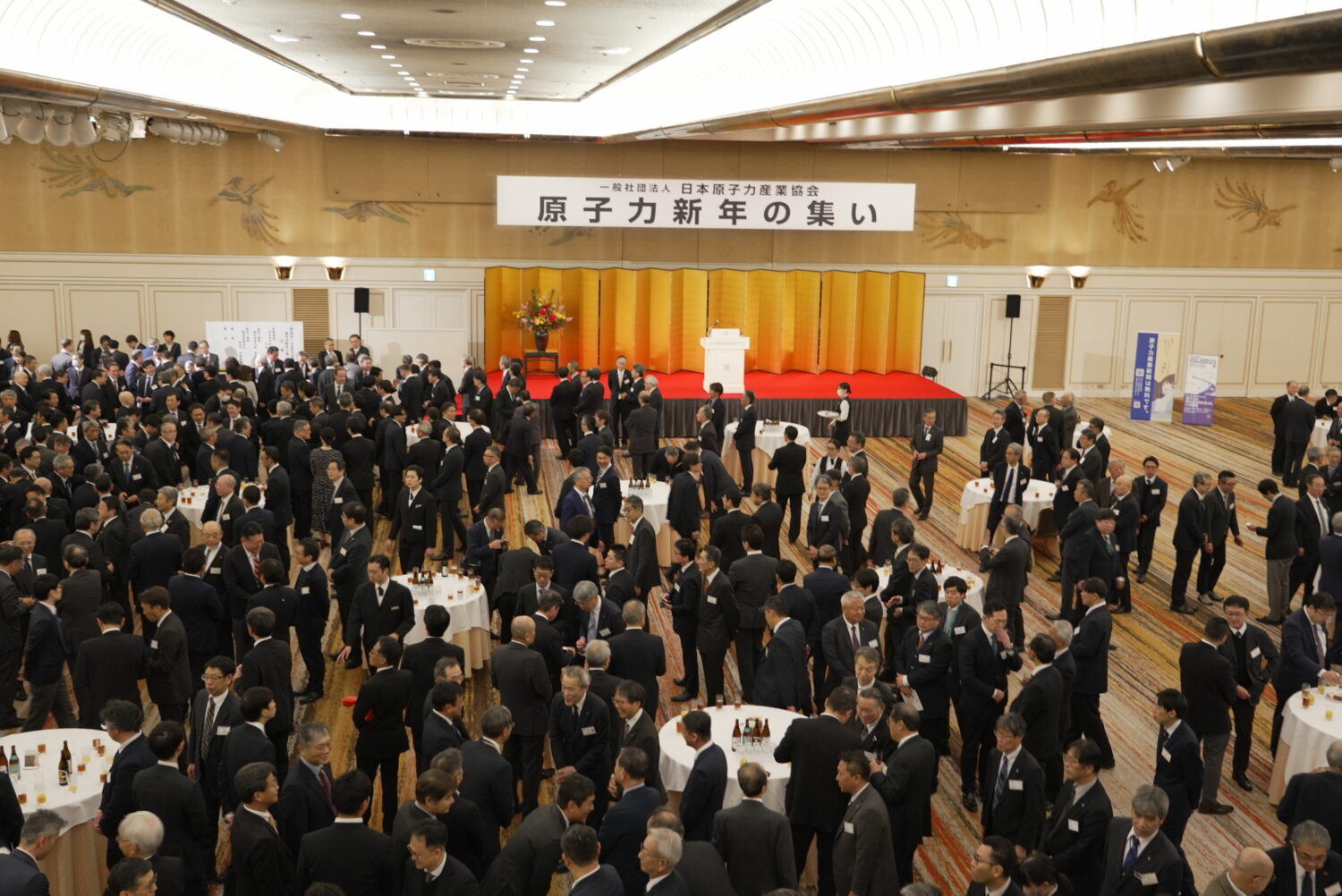
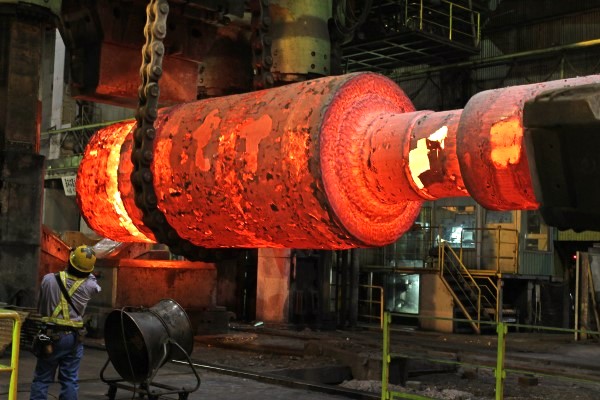

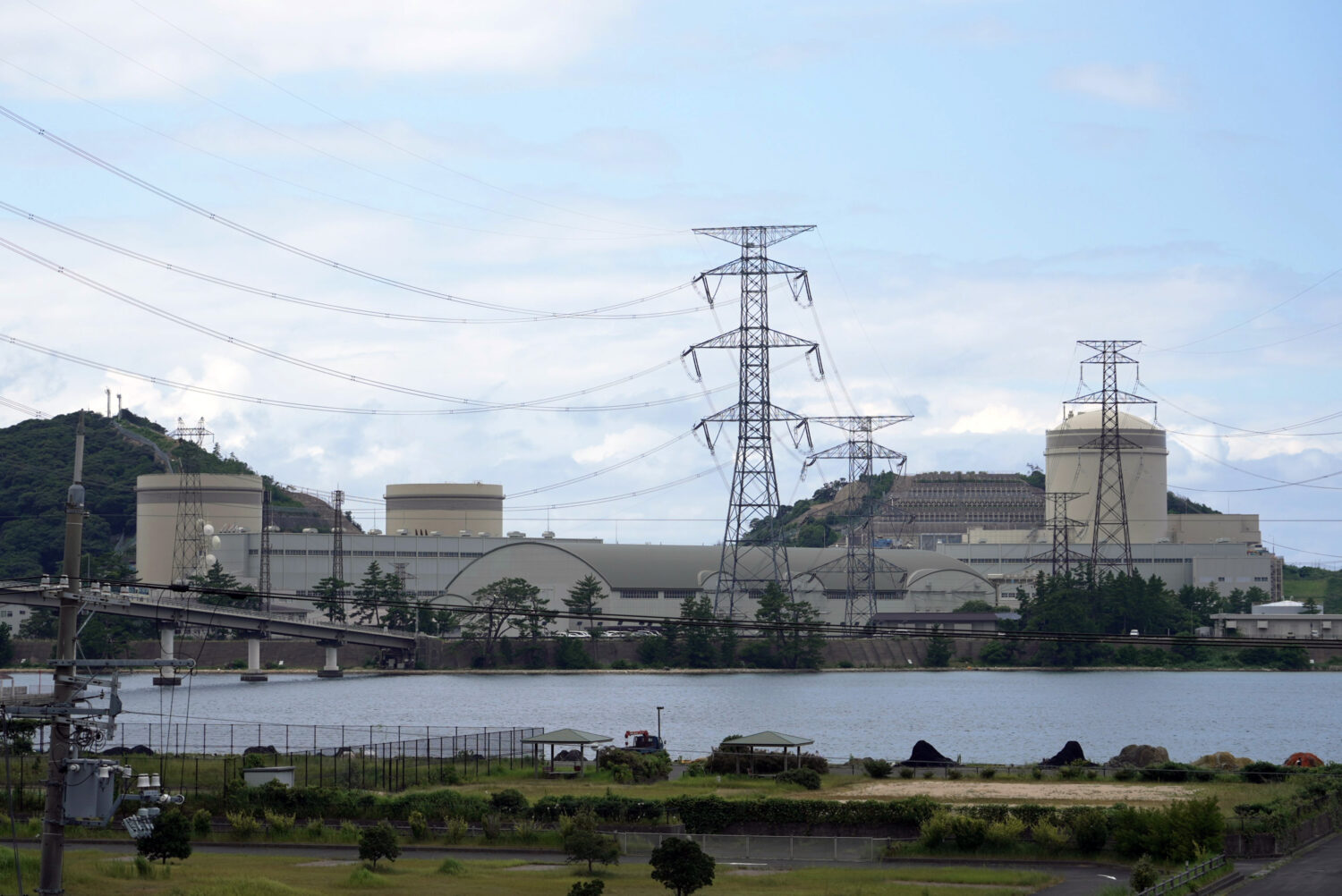
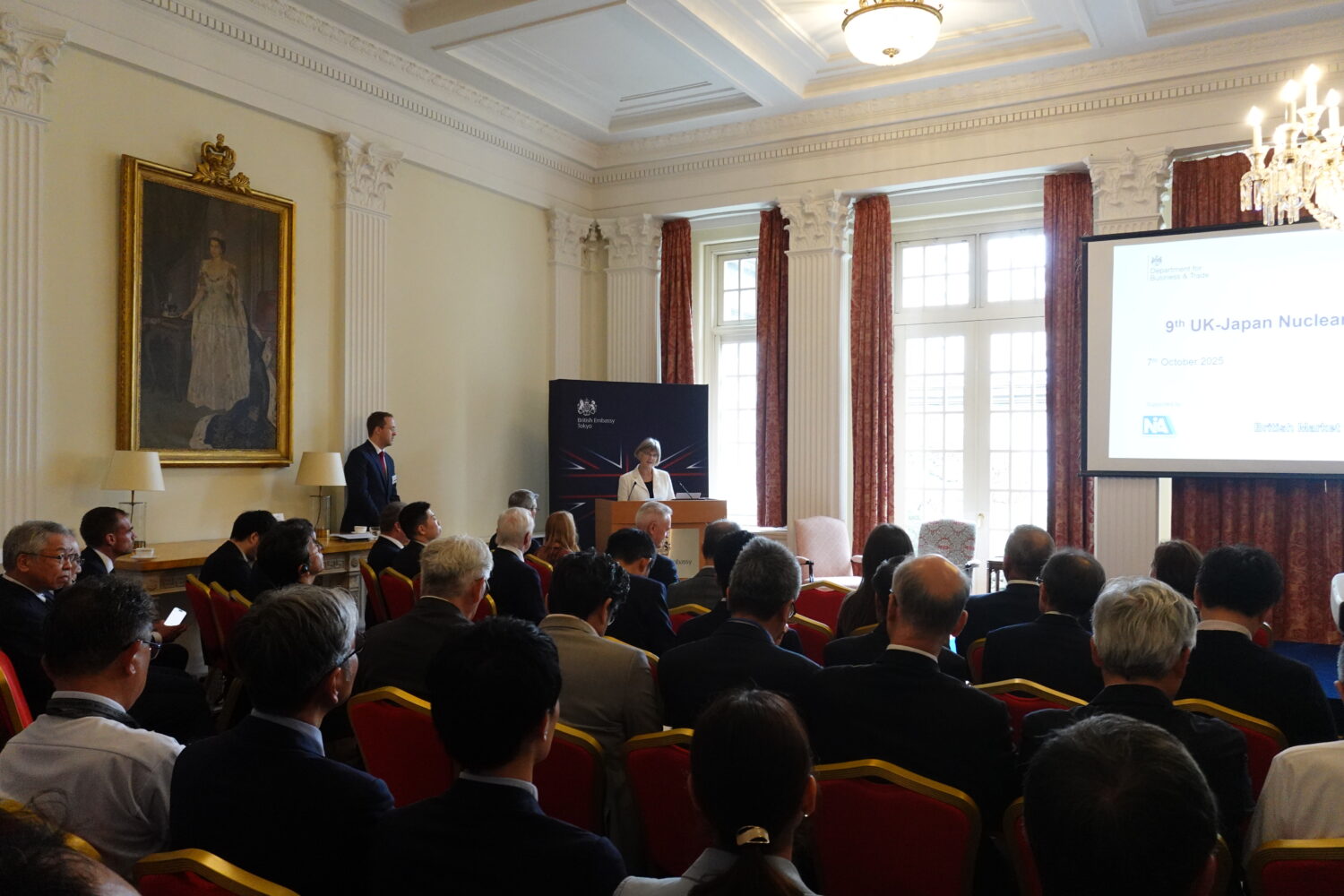

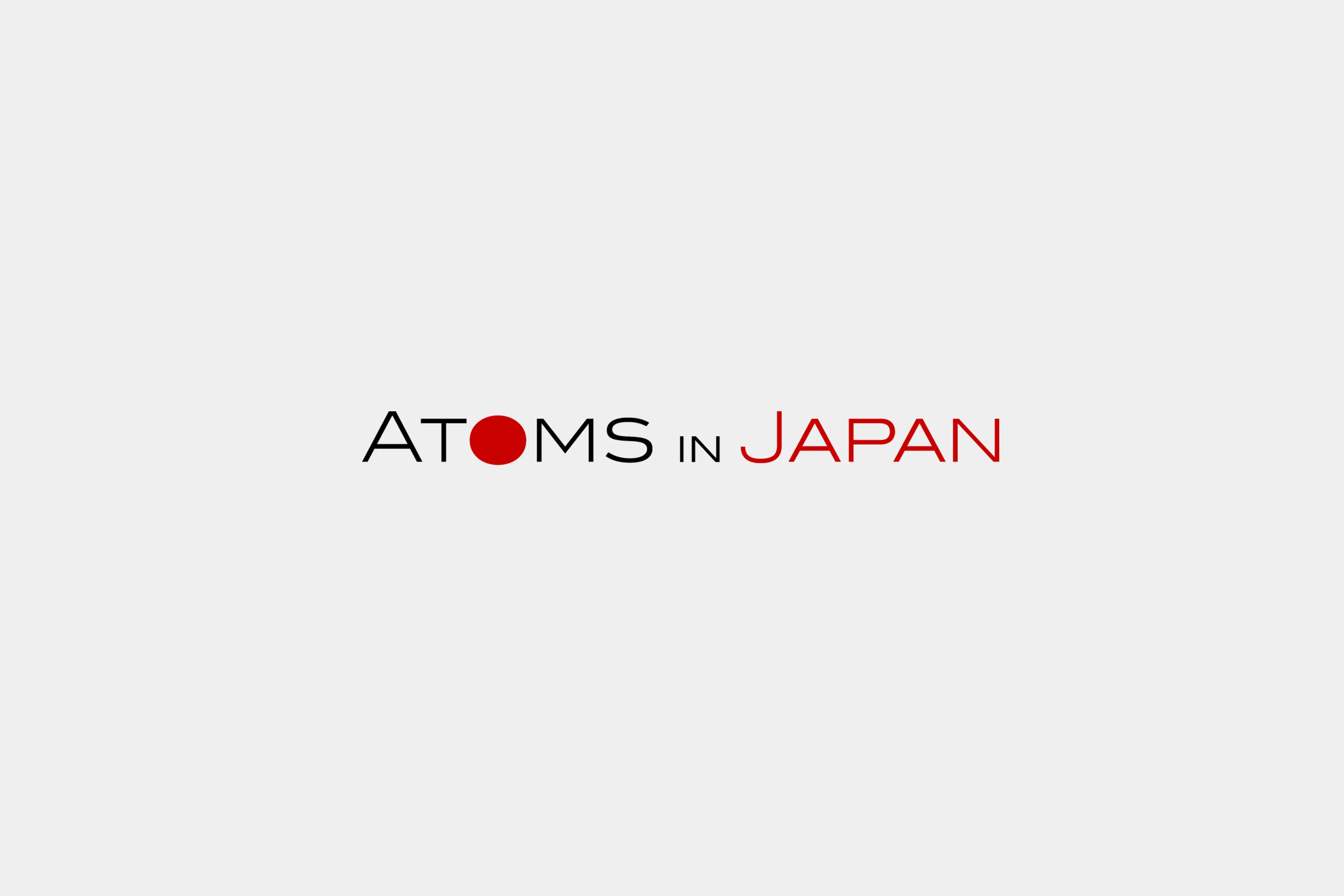

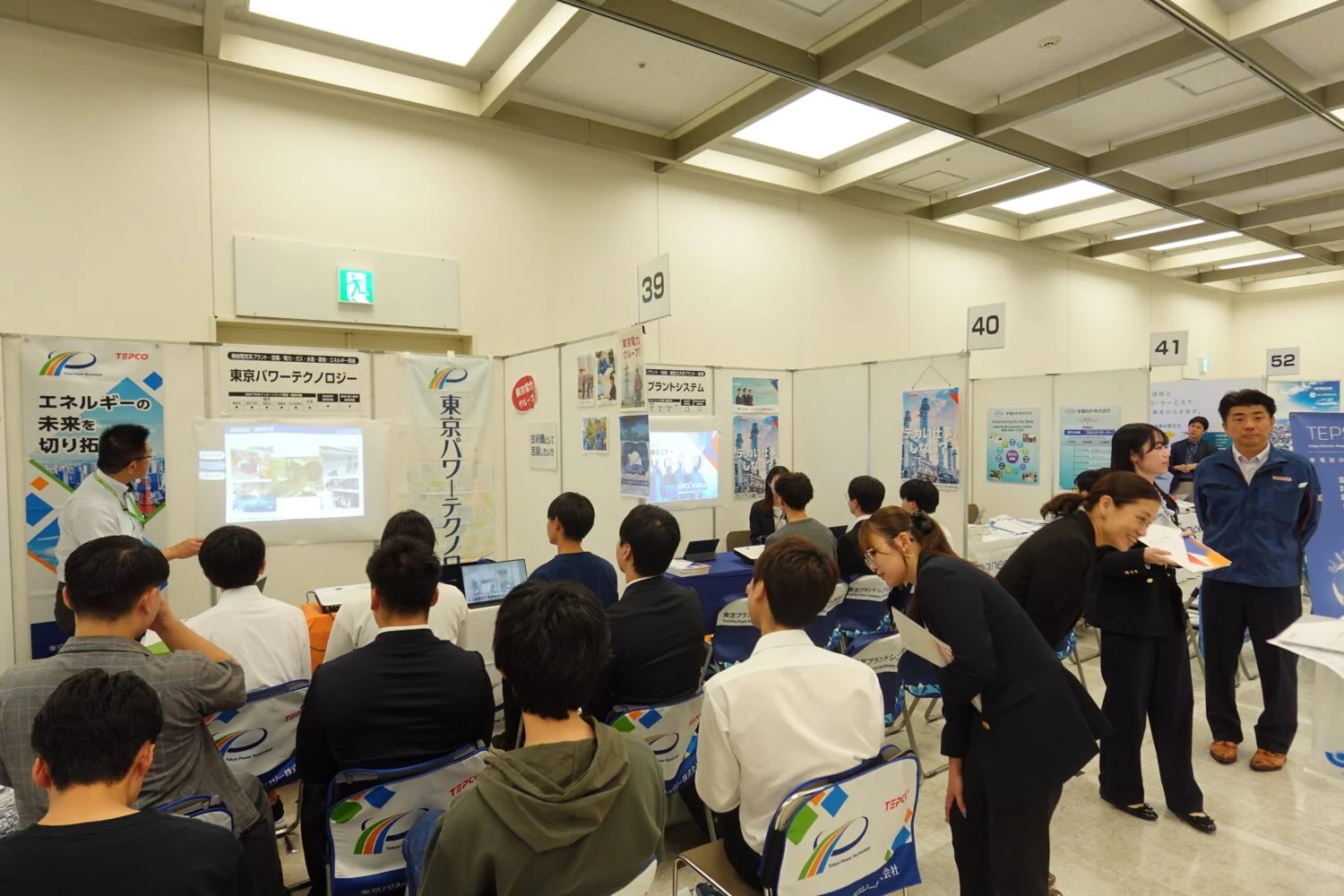
-013.jpg)
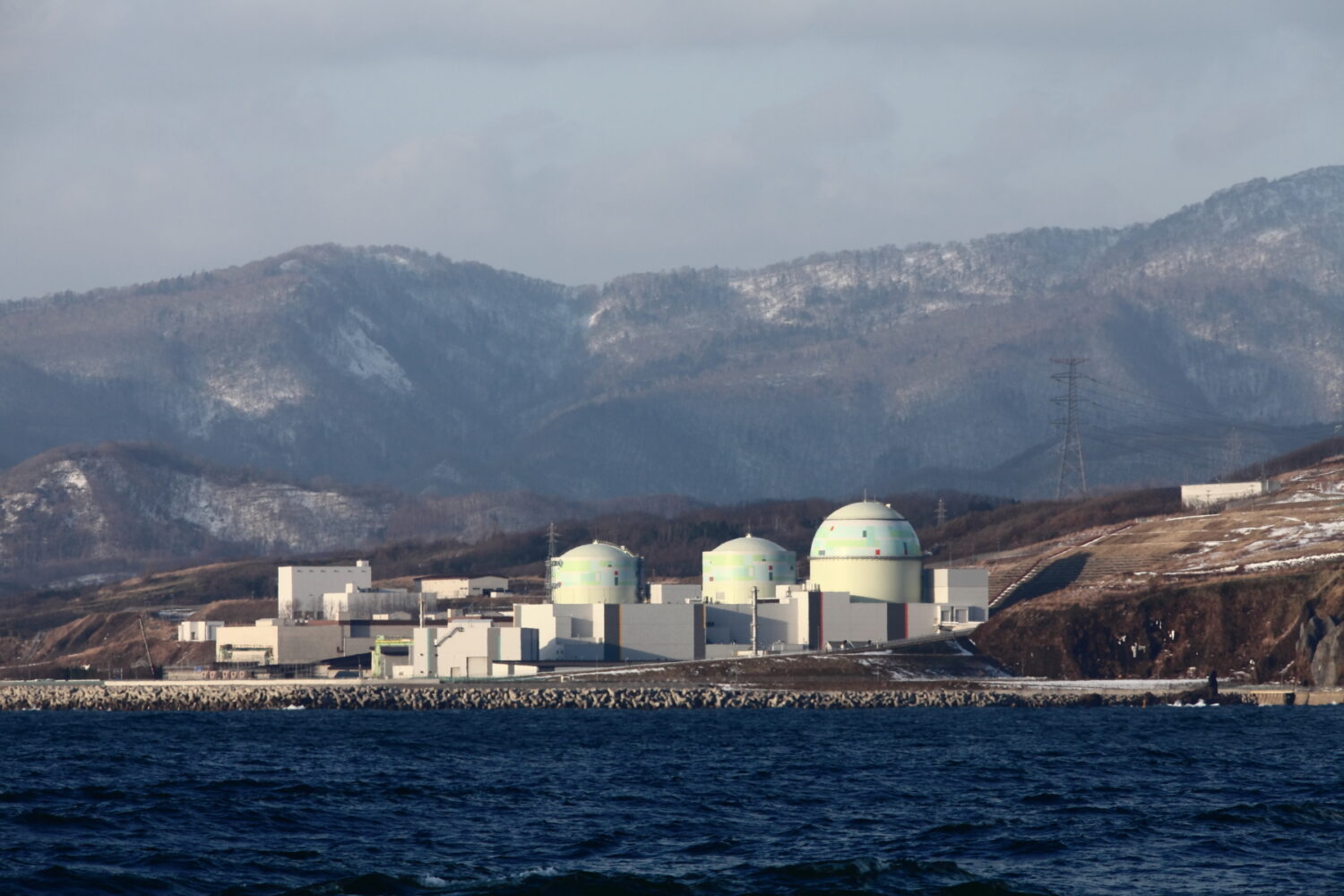
-049.jpg)
.jpg)

